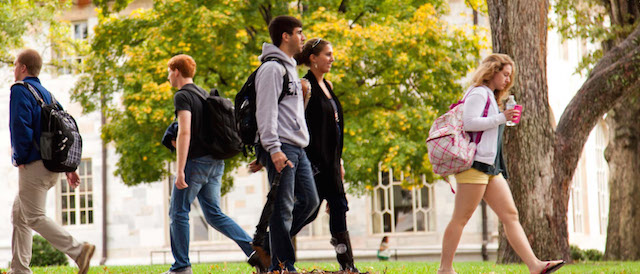In the evolving landscape of education, the role of schools extends beyond traditional academic subjects to embrace holistic well-being. Public health education in schools emerges as a transformative force, shaping the health behaviors, attitudes, and knowledge of future generations.

Key Components of Public Health Education in Schools
Nutrition Education:
Teaching students about balanced nutrition, the importance of healthy eating habits, and the impact of food choices on overall well-being.
Physical Activity Promotion:
Encouraging regular physical activity through physical education classes, extracurricular activities, and the integration of movement into the school day.
Early Intervention: Nurturing Healthy Habits from the Start
Public health education in schools embraces an ethos of early intervention. By introducing health-conscious concepts from an early age, schools lay the foundation for a lifetime of informed decision-making and positive health behaviors.
Cultivating Health Literacy: Empowering Decision-Making
A pivotal goal of public health education in schools is to cultivate health literacy among students. Health literacy encompasses the ability to understand, interpret, and apply health information to make informed decisions.
Interactive and Engaging Learning Approaches
Public health education in schools thrives on interactive and engaging learning approaches. Beyond traditional lectures, schools incorporate activities, group discussions, hands-on projects, and real-life scenarios to make health education dynamic and relatable.
Peer Education and Collaboration
Harnessing the power of peer influence, schools often incorporate peer education programs within public health initiatives. Students become ambassadors for health, disseminating information, organizing awareness campaigns, and creating a supportive peer culture that values well-being.
Integration with Academic Subjects: A Transdisciplinary Approach
To maximize the impact of public health education, schools are increasingly adopting a transdisciplinary approach. Integrating health concepts into academic subjects such as biology, mathematics, and even literature allows students to see the interconnectedness of health with various aspects of their lives.
Technology and Gamification: Enhancing Learning Experiences
In the digital age, schools leverage technology and gamification to enhance public health education. Educational apps, virtual simulations, and gamified platforms make learning about health interactive and enjoyable.
Challenges and Considerations in Public Health Education
While the benefits of public health education in schools are evident, challenges exist that warrant consideration.
Resource Constraints:
Limited resources, both in terms of funding and trained personnel, may pose challenges in implementing comprehensive public health education programs.
Resistance to Change:
Resistance from stakeholders, including parents, educators, or policymakers, who may hold traditional views on the scope and role of education.
Balancing Academic Demands:
Striking a balance between academic requirements and the incorporation of health education without overburdening students and teachers.
Sensitivity and Cultural Considerations:
Addressing sensitive topics such as sexual health or mental health requires careful consideration of cultural norms, values, and community beliefs.
Measuring Impact: Assessing the Efficacy of Public Health Education
Assessing the impact of public health education in schools involves evaluating various parameters.
Behavioral Changes:
Observing changes in students’ behaviors related to nutrition, physical activity, and overall well-being.
Knowledge Retention:
Assessing the retention of health-related knowledge through quizzes, exams, or project-based assessments.
Health Practices:
Monitoring the adoption of healthy practices both within the school environment and in students’ personal lives.
Community and Parental Involvement:
Gauging the extent to which public health education extends beyond the school gates, involving parents and the broader community.